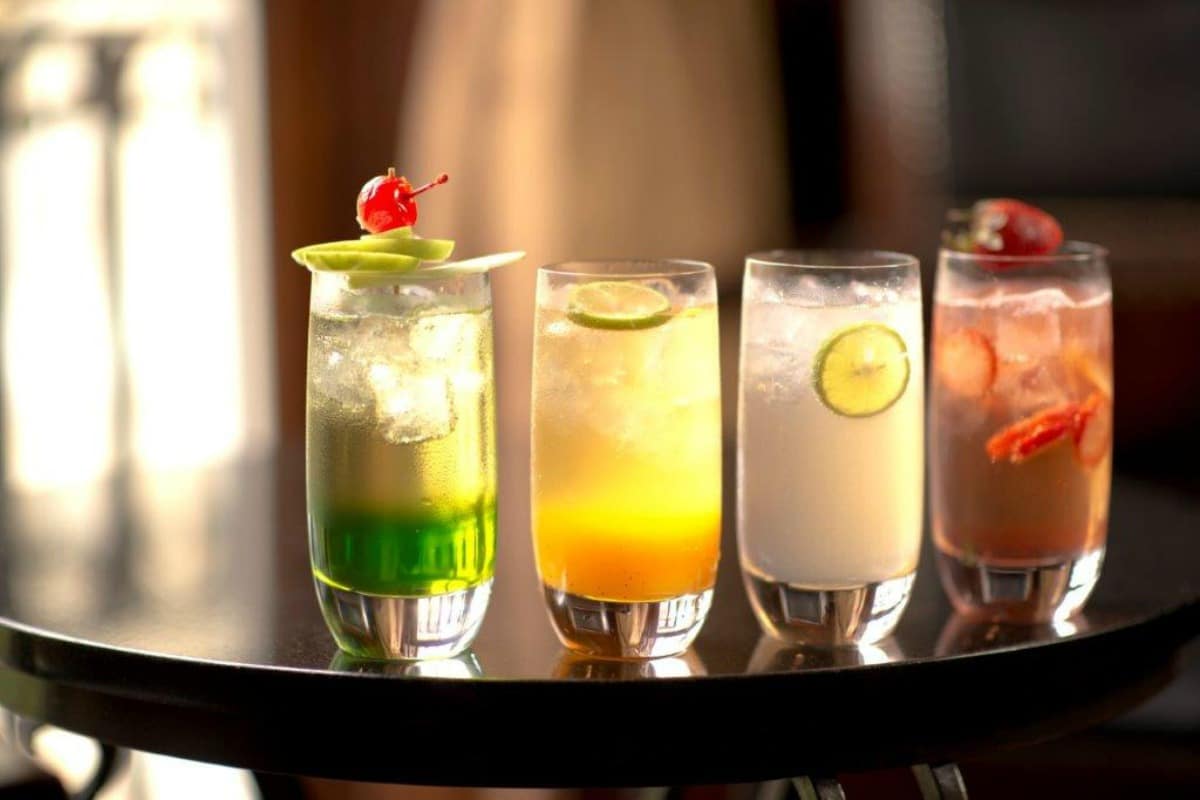At every bar in Peru you’ll spot Pisco on menus, in drinks, raised high in toasts, and quaffed with gusto. For many visitors it’s a first, and discovering a new spirit in a new city leaves travelers faced with a dilemma: embrace this new liquid and hope for the best or politely pass and wonder at what you’re missing. Let’s take the mystery out of pisco, undoubtedly the most popular spirit in Peru.
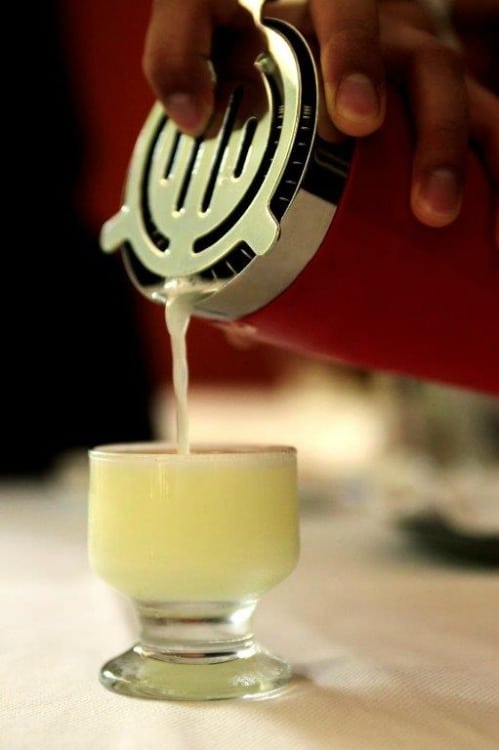
What is Pisco?
Pisco is brandy, and like all brandy it’s made from distilled wine. But in pisco’s case, the grape, the sugar content, and local laws governing production give the spirit its flavor and kick.
Since the late 16th century, pisco has graced the glasses and tables of Peruvians, and though there’s little debate that pisco is the first distilled spirit in the Americas, the exact origins of the drink are foggy. Peruvians argue that their nation is the birthplace of the spirit, but Chilenos argue the same, claiming their nation as the birthplace. Differences in production styles and other pieces of evidence make us lean on the side of Peru, but regardless, it’s a potent and popular spirit along the west coast of South America. And for all that time and all that debate, the method for making pisco hasn’t changed much.
Grapes are squeezed and allowed to ferment. After a long fermentation, the now-alcoholic liquid goes into a pot-still for distillation. When it comes out of the still, it’s rested for at least 3 months in a neutral vessel (traditionally clay jars, but often stainless-steel casks; Chilean pisco is aged on oak barrels, giving it a darker color and masking the flavor somewhat). There’s no second distillation to get a higher proof alcohol, no addition of fruits or flavorings, no coloring agents, and certainly no water added to cut the alcohol content.
Peru’s grape growing regions, squeezed between the Pacific Ocean to the west and the Andes Mountains to the east, present an ideal climate or growing the flavorful, uber-sweet grapes needed for making a powerful pisco. Only eight grape varietals are allowed in pisco production, and in Peru, pisco comes in one of four categories:
- Puro – made from a single varietal
- Aromatic or Non-Aromatic – the nose is more pronounced depending on the grape
- Mosto Verde – which uses partially-fermented grapes for a sweeter sip
- Acholado – a blend of aromatic and non-aromatic grapes for a smooth, consistent flavor bottle-to-bottle
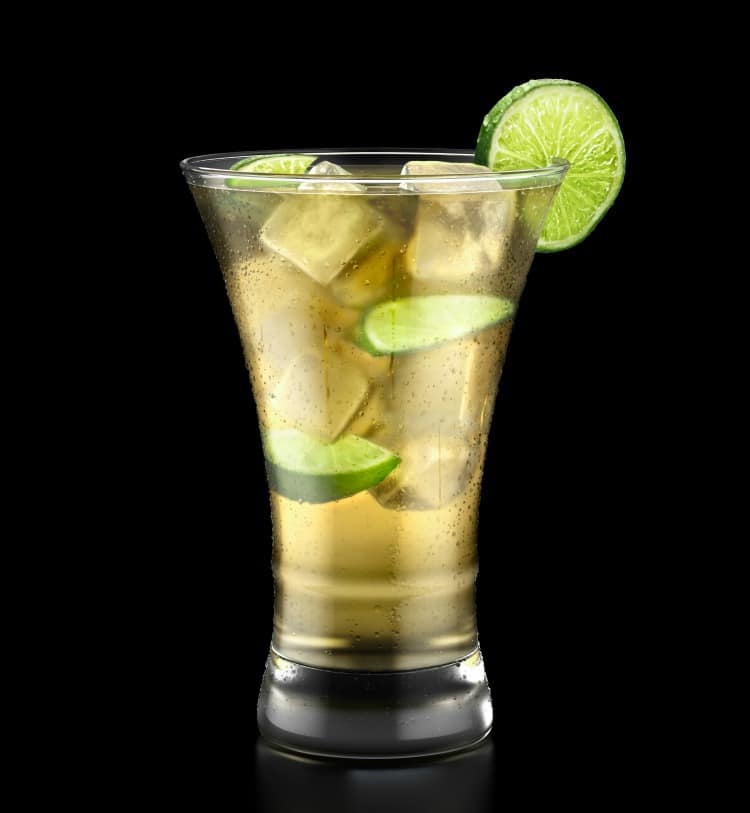
Buying Pisco
There are dozens of brands of pisco, but several stand out from the field. So, when you’re ordering at the bar or shopping for your bar at home, look for:
- Macchu Pisco – especially their Ñusta Pisco, a mosto verde that impresses
- La Diablada – an exemplary Acholado (blended) pisco
- Barsol – their puro piscos let each varietal speak
- Pisco 100 – a great everyday acholado pisco
- Caravedo – their mosto verde takes an 18-pound blend of four grapes and one year of resting to make a single bottle
- Viñas De Oro – their special edition mosto verde Italiano aged 2 years and their oak-aged brandy-style pisco are worth the price tag
- Queirolo – whose pisco, both pura and mosto verde have garnered nearly a dozen awards
Depending on the flavor profile you’re seeking, you may want non-aromatic grapes – Queberanta, Negra Criolla, Uvina, and Mollar – or aromatic grapes – Moscatel, Italia, Albilla, Torontel. Or you’ll want the sweeter Mosto Verde or drier Puro, the single varietals which are endlessly popular in Peru. As with all spirits, you’ll need to taste, taste, taste to find the one that treats your taste buds right.
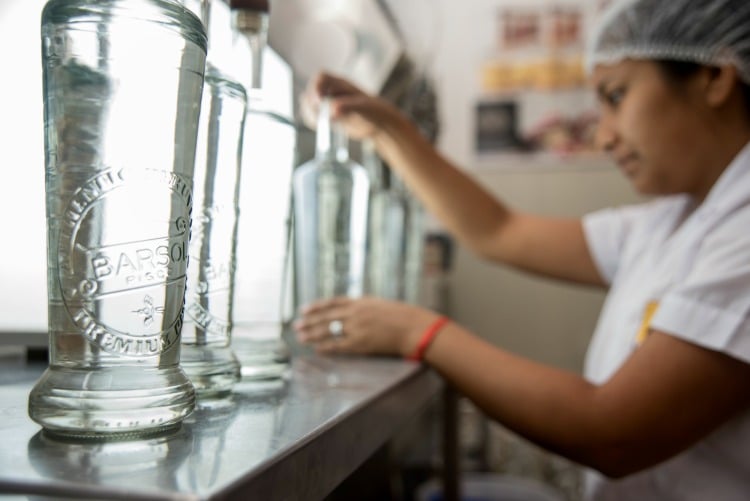
Eating and Drinking Go Hand-in-hand
Pisco’s big alcoholic bite and clean finish make it pair well with Ceviche, a dish native to Peru. Ceviche is simple: fresh fish cut into small cubes and tossed in fresh-squeezed lime juice and a blend of red onions, chiles, and sweet corn. You may see other things added in – sweet potato, white or yellow onion, avocado, even seaweed – but no matter what’s in your ceviche, a mouthful of neat pisco helps cut through the acidity of the dish and makes for an elegant combination.
Or, if you’re just not feeling the love for pisco neat or up, you can always go for a cocktail.
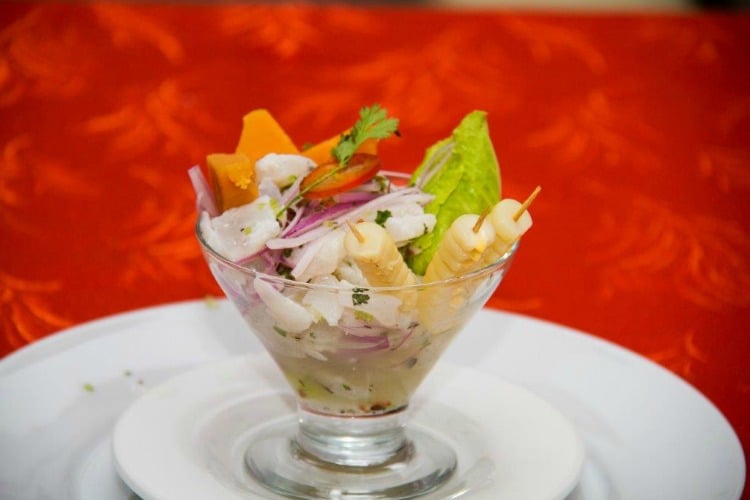
The Pisco Sour and Beyond
The Pisco Sour is the king of pisco cocktails, but this tart drink isn’t everyone’s cup of tea. That said, the Pisco Sour is a completely different drink if you imbibe it in Peru or elsewhere. The secret is the lime. Tiny, ultra-tart, extra limey limes in Peru go perfectly with pisco and make for a tangy refreshing drink. Limes elsewhere, they just sell the drink short and, unfortunately, turn off many would-be pisco fans.
Pisco Sour
3 oz. Pisco
1 oz. Fresh Lime Juice
1 oz. Simple Syrup
1/2 egg white
Ice Cubes
2-3 dashes Angostura Bitters
Add pisco, lime, simple, egg white and ice to a shaker; shake vigorously for 30 seconds (until foamy). Strain into glass. Add 2-3 dashes Angostura bitters to the foamy top. Enjoy.
It’s a great drink, but let’s look beyond the Pisco Sour and find a new favorite cocktail.
The Chilcano brings dry ginger ale into the equation, smoothing down some of the pisco’s sharper edges without masking the flavor.
Chilcano
1.5 oz. Pisco
0.5 oz. Fresh Lime Juice
2-3 dashes Angostura Bitters
Dry Ginger Ale
Add ice to a tall glass. Pour in pisco, fresh lime juice; add bitters. Top with ginger ale. Garnish with fresh apple, lime rounds, or candied ginger.
Another drink to try is the El Capitan
El Capitan
2 oz. Pisco
1 oz. Sweet Vermouth
2-3 dashes Angostura Bitters
3 Luxardo Maraschino Cherries
Combine the pisco, vermouth and bitters in a mixing glass. Add ice and stir 20-30 seconds. Strain into a coupe and garnish with three cherries.
Finally, the Pisco & Tonic, Peru’s answer to the Gin & Tonic. This is a drink that’s Peru from start to finish. Not only is pisco from Peru, but quinine, the flavor agent in tonic, comes from the cinchona tree, Peru’s national tree, so it’s a taste of this South American nation in a glass.
Pisco & Tonic
2 oz. Pisco
Tonic
Pour pisco into ice-filled glass, top with tonic. Garnish with a twist or wedge of lime or grapefruit.
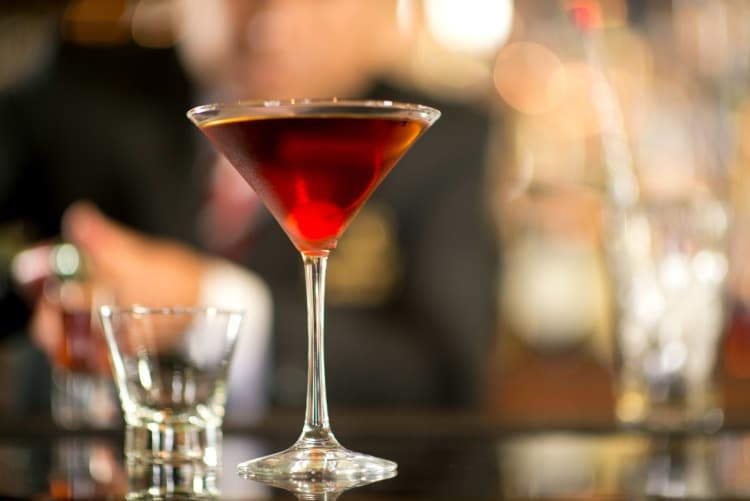
The Best in Pisco Cocktails
Of course, you can master one of the above pisco cocktails or substitute pisco for other spirits for Peruvian spins on the Negroni, the Tom Collins, and others, or you can head to Lima’s San Isidro District where you’ll find Carnaval Bar. At Carnaval Bar, they shake, stir, mix, and pour some of the best cocktails in the city. Expertly made and served in everything from traditional to avant-garde barware (seriously, your drink might come in a coupe or in a chalice made from a golden pineapple), the pisco cocktails are good enough to convert you into a pisco fan for life.

